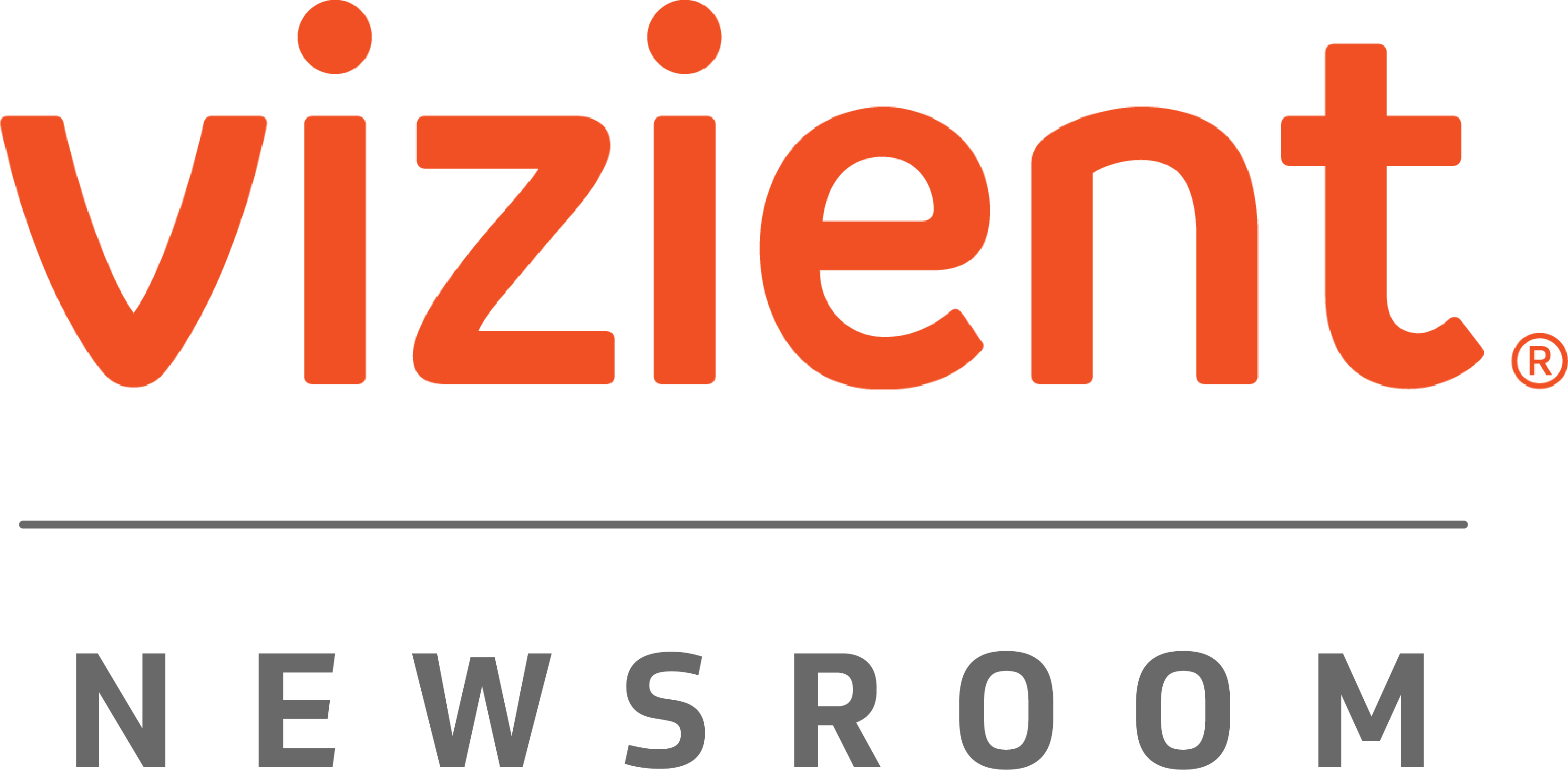By Kayla Green, Vizient
One year after the United States Pharmacopeia (USP) compounding standards became official, health system pharmacies are still working through the challenges of implementation. And it's no surprise, given the long list of required standard operating procedures designed to overhaul sterile compounding processes, practices and facilities — with additional recommendations to go above and beyond.
But Carolyn Liptak, pharmacy executive director, Center for Pharmacy Practice Excellence at Vizient, says despite the challenges, it's the right thing to do.
"USP standards are the baseline for patient safety, but they also don't limit organizations from developing best practices above and beyond these requirements," she said. "Patient safety is an ongoing effort. We can always do better."
Bruce Leavitt, assistant vice president of pharmacy consulting, agrees.
"Every pharmacist pledges to 'do no harm,'" Leavitt said. "These standards reflect that professional commitment to excellence in patient care."
Leavitt and Liptak work closely with hospitals to mitigate patient risk and help avoid mandated corrective action plans due to non-compliance with USP standards. Liptak's team focuses on staff competencies, while Leavitt's team conducts gap analyses and compliance assessments, identifying areas for improvement and immediate action.
Both agree there are three foundational USP 797: sterile compounding steps health systems can start implementing now:
- Designate and define roles: The first step is to define the health system's role of the USP designated person(s) and clearly outline their expectations and responsibilities. This designated person is the primary point of contact for all process changes and implementation moving forward, so careful deliberation is necessary. "This person is the tip of the spear. This person is fully responsible for the entire initiative and must be fully empowered through education and support to succeed," Leavitt said.
- Train staff: Once the designated person is determined, staff need to be trained on new processes — everything from garbing to surface and air sampling. A process for consistent, ongoing review of staff competencies should be included within the process flow. "Compounding staff engagement is the key to success," Leavitt said. "Each person is responsible for understanding the requirements and overall team competence and must be empowered to hold each other accountable."
- Solve for surface sampling: Surface sampling is now required monthly (a shift from a every six months), and hospitals will need to come up with a solution for how to conduct that sampling — and it may not be the same solution for every system. One option is to outsource it to a third party, but that can get costly. The other alternative is to manage it in-house, but that can impact workforce time and labor. "This new cadence significantly affects operations and expenses, so each health system must determine the best solution for their organization," Leavitt said.
"The health systems who don't complete these foundational processes are going to be at constant risk — risk for the patient, risk for the hospital and risk for the health system," Leavitt said.
Learn more about the USP standards and Vizient's pharmacy consulting opportunities.

